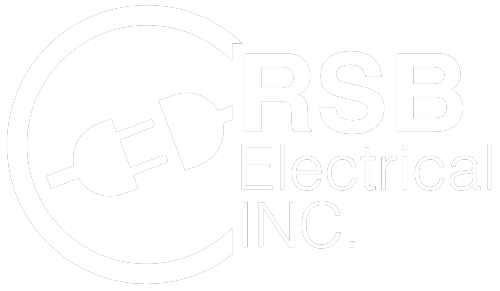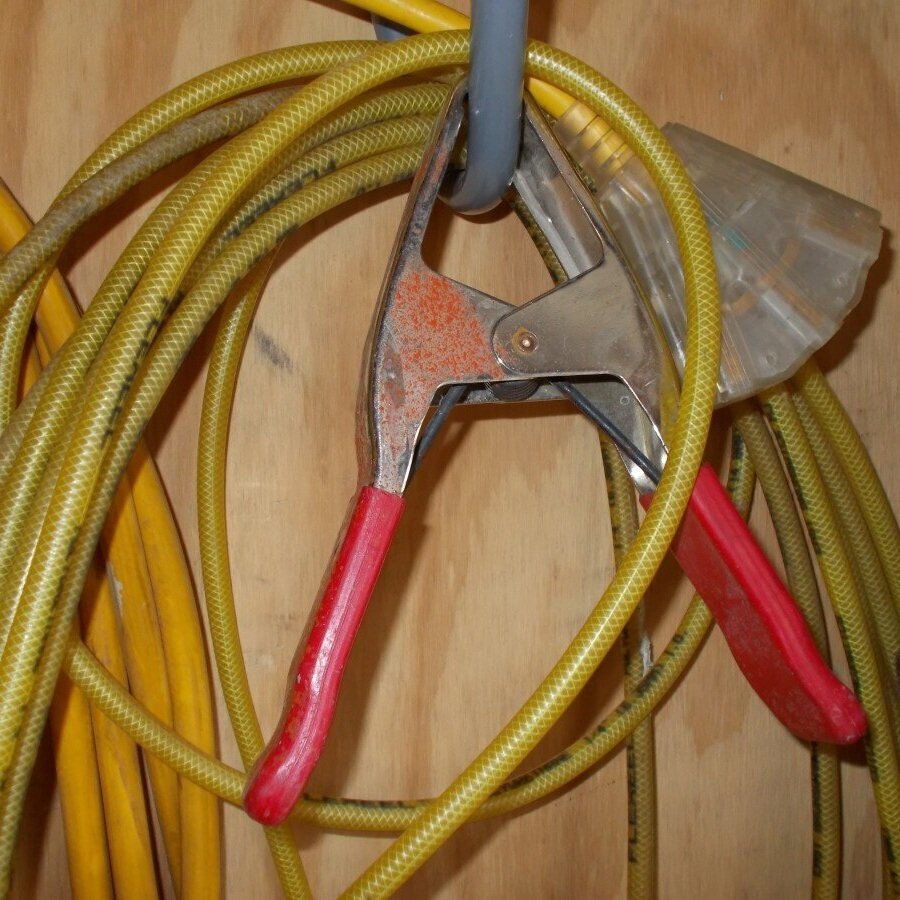Extension Cords 101: Best Tips For Their Purchase And Safe Use
Extension cords are one of the most commonly used tools in every household. People often use them to plug in different devices, hang decorative lights, and so on. However, few people put thought into their extension cord purchases. They usually go for inexpensive solutions if the length meets their needs.
However, extension cord choice needs to be more involved than looking at a price tag. You should know the purpose of the cord, where it will go, and the amount of power plugged into it.
This article shares the top mistakes to avoid when buying and using extension cords.
Don’t exceed the cord rating
Many people make the mistake of exceeding the rating of an extension cord. Each cord has wattage limits. Respecting them is a must. If the cord gets overloaded, there’s a risk of fire.
Cheap extension cords often use internal wiring size 16 gauge, rated for ten amps. For example, an average 1500-watt space heater will draw 12.5 amps, overloading the cord. In this case, it’s best to plug the heater into the wall and avoid the extension cord.
Don’t plug the cords together
Some people string two extension cords together to get a lengthier one, but this is not a good idea. Extending the cords this way can lead to overheating and overloading, creating a risk for fire. Instead, get one extension cord with the right length.
Watch where you put the cords
Sometimes, it’s better to invest in a more expensive cord and store it away from foot traffic. This way, it prevents someone from injuring themselves when tripping over it.
Don’t use the extension cord to connect wires
It sounds like a no-brainer, but this situation happens. When installing ceiling-mounted equipment such as projectors in meeting rooms, connecting wires to extension cords is common. There should be a receptacle mounted flush with the ceiling, and the power cord should always be visible.
Don’t plug too many devices
Plugging too many devices can overload the circuit. Treat extension cords as standard electrical outlets. Have up to two low-draw devices plugged at the same time. Also, don’t plug the second device if the first one is a high-draw one (such as a heater).
Don’t use the wrong gauge
Household-use extension cords have different labels depending on the size of the wires inside them. The most common ones include AWG numbered #12, #14, and #16, reflecting the gauge or thickness of the wires inside the cord. The higher the AWG number, the thinner the wire.
Each electrical device has different wire gauges in its power cords, depending on how much electricity the device draws. Lengthening the cable on any device with an extension cord requires sizing up the wire gauge on the extension cord. Extension cords with a smaller wire gauge can cause wire overheating, which leads to receptacle melting, ultimately damaging the electrical device.
Use extension cords properly
Avoid these common mistakes when using extension cords. Safe usage protects your household from unexpected and dangerous situations. A single misused cord can overheat, melt, and potentially start a fire. If you have questions or need help purchasing the proper extension cords, it’s best to contact a professional electrical service provider.
When in need of home electrical inspections, whole-house surge protector installation, attic fan installation, or smoke detector installation, electrical repair, or home electric car charger installation, trust the licensed and insured professionals at RSB Electrical. We are a 24-hour emergency electrician based out of Mesa, AZ. Call 480-485-4284 for more information.

